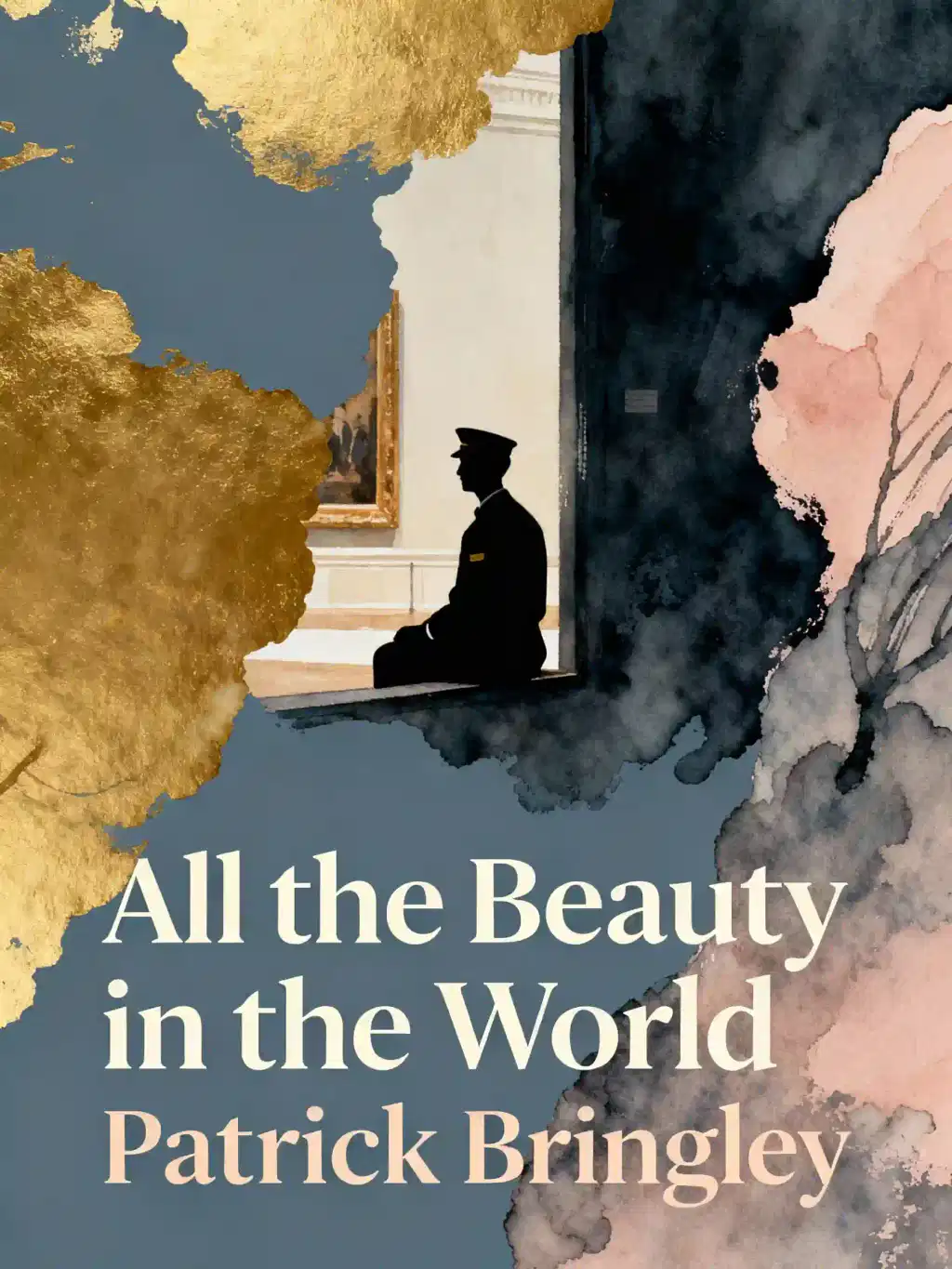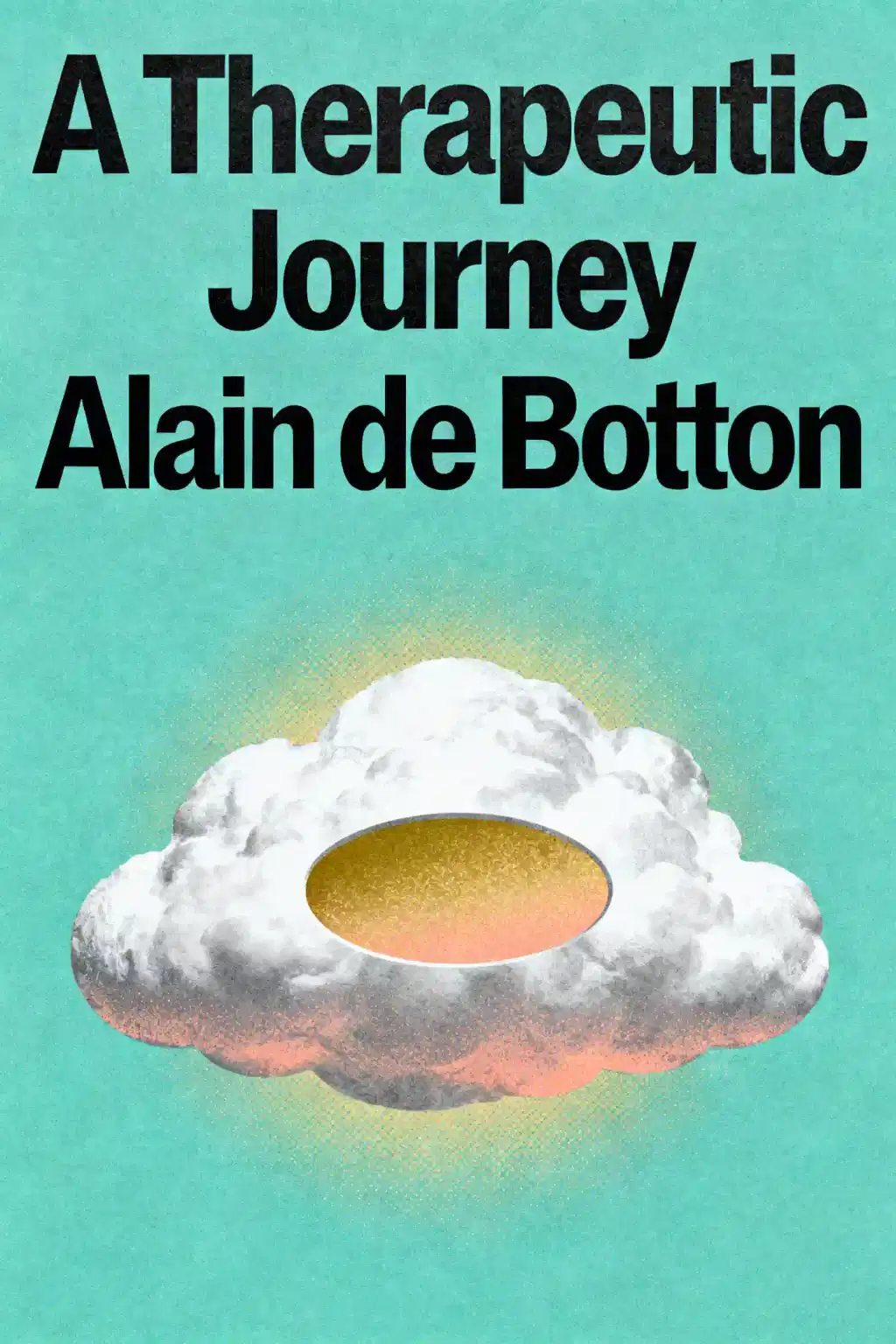What is
All the Beauty in the World by Patrick Bringley about?
All the Beauty in the World is a memoir exploring Patrick Bringley’s decade as a security guard at New York’s Metropolitan Museum of Art after leaving his job at The New Yorker to grieve his brother’s terminal cancer. It intertwines personal loss with reflections on art’s power to heal, offering an intimate look at the Met’s hidden corners and the quiet community of guards.
Who should read
All the Beauty in the World?
Art enthusiasts, memoir readers, and those coping with grief will find resonance in Bringley’s story. Its blend of personal narrative, art history, and workplace insights appeals to anyone curious about museums’ inner workings or seeking solace in beauty.
Is
All the Beauty in the World worth reading?
Yes. Critics praise its “hauntingly beautiful” prose (Associated Press) and “empathic” storytelling (NYT). Bringley’s unique perspective as a guard—not a curator—provides fresh observations on iconic artworks and the human stories behind them.
How does Patrick Bringley explore grief in the book?
Bringley processes his brother’s death through quiet immersion in art, describing moments like sitting with his mother in a hospital room while studying Renaissance paintings. He frames grief as a journey softened by time and shared humanity, mirrored in art’s timeless narratives.
What role does art play in
All the Beauty in the World?
Art becomes a sanctuary, capturing “transitory moments” to remind viewers of life’s permanence amid suffering. Bringley argues great works—like Monet’s water lilies or Egyptian relics—reflect universal truths about joy, loss, and resilience.
What are memorable quotes from the book?
- “Art often derives from those moments when we would wish the world to stand still.”
- “Much of the greatest art seeks to remind us of the obvious: This is real.”
These lines underscore Bringley’s belief in art’s power to preserve fleeting beauty and truth.
What behind-the-scenes details does Bringley reveal about the Met?
Readers glimpse the Met’s labyrinthine basement, conservation labs, and the guards’ subculture—a mix of artists, immigrants, and dreamers. Bringley also shares quirks like wearing out nine pairs of shoes and memorizing every gallery.
Are there criticisms of
All the Beauty in the World?
Some note occasional tangential passages, but most agree the memoir’s heartfelt focus on art and grief outweighs minor detours. Freddie de Boer calls it a “success” compared to padded nonfiction.
How does this memoir compare to
Lab Girl or
Working Stiff?
Like Hope Jahren’s Lab Girl, Bringley blends personal struggle with professional passion. His workplace reflections echo Working Stiff’s gritty detail but with a meditative tone focused on art’s restorative role.
Why is
All the Beauty in the World relevant in 2025?
Its themes of slowing down in a fast-paced world resonate amid modern burnout. The Met’s role as a cultural refuge also gains urgency as physical spaces face digital competition.
What lessons does Bringley learn from his decade at the Met?
He discovers that museums, like life, thrive on community and quiet observation. Guarding art teaches him to value stillness, notice subtleties, and find purpose in protecting beauty.
How does Bringley’s writing style enhance the memoir?
His prose is lyrical yet accessible, balancing art analysis with candid humor. Descriptions of Rembrandt’s shadows or Picasso’s chaos feel immersive, inviting readers to “see” the Met through a guard’s eyes.
Where can I find a list of artworks mentioned in the book?
The book includes a reference list of all discussed pieces, allowing readers to explore the Met’s collection digitally or in person.




















